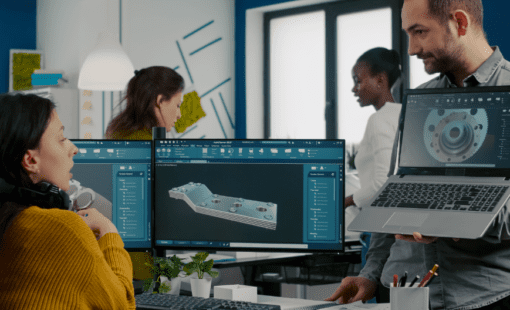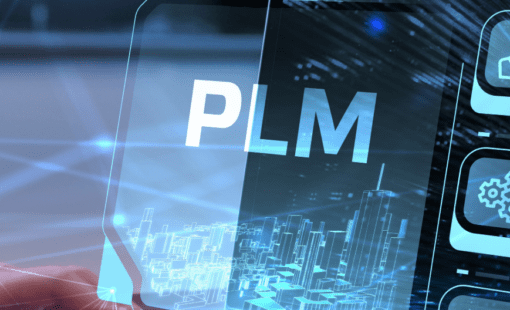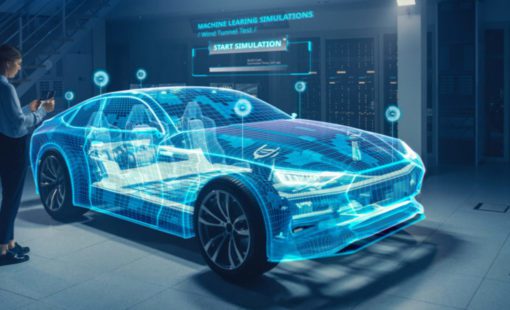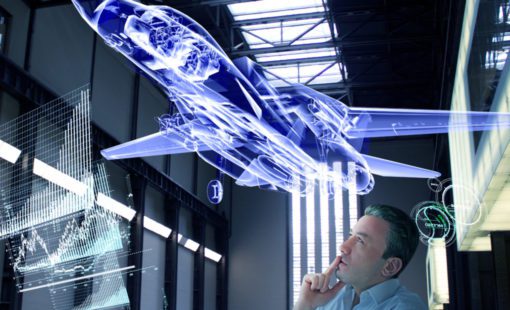
- Blog
MBSE has the power to design groundbreaking innovations, from spaceships to state-of-the-art electric vehicles. Its potential is transformative—but if it’s so revolutionary, why hasn’t it become the standard tool for every engineer? Dive into our latest blog post to explore the promise, the challenges, and the future of Model-Based Systems Engineering.

- Blog
SysML (Systems Modeling Language) plays a critical role in MBSE by enabling the creation of unified models that support the entire lifecycle of a system. Zuken's MBSE software GENESYS supports and extends SysML with additional features and natural language support.

- Blog
Almost every technical product we use today is the result of a collaboration between different design disciplines: Mechanics, electronics, and software work together to fulfill the product's functions. Yet, true innovation goes beyond mere data integration - it thrives on the possibilities of product models and MBSE. Dive into our blog to discover how.

- Blog
Product Lifecycle Management (PLM) and Model-Based Systems Engineering (MBSE) are two separate approaches, but they can work together to improve the product development process. Learn how on our blog,

- Blog
In an age of climate change and resource scarcity, the call for sustainability is growing louder. Read the new blog to find out how to achieve quick wins in sustainable product development and how MBSE can help you not only meet consumer expectations, but also ensure long-term business success.

- Blog
Faster processes do not automatically guarantee better results. The strategic use of MBSE methods and tools is an effective means of optimising efficiency in product development.

- Blog
The challenges of the lead-to-order process in the machinery industry require close interdisciplinary collaboration. Speed is important, but should not compromise accuracy.

- Blog
Customized products are essential for success in the machinery industry - but often trigger a high level of product variance and slow lead-to-order processes. Model-based product architectures help to get these challenges under control.

- Blog
Managing complex requirements is a major challenge in discrete manufacturing, made even more challenging by the increase in electromechanical components in modern products.

- Blog
Model-Based Systems Engineering has met a growing interest over recent years and is often seen as a method to resolve system complexity and shave off a significant time of the product development process. The growing complexity of cyber-physical systems in modern machinery and equipment has fueled its adoption across a variety of industries. In this blog, you'll learn everything you need to consider before deciding on implementing MBSE.

- Blog
Today, people are increasingly looking to the prospect of flying cars as a means of solving social problems such as traffic congestion in urban areas and transporting people and goods to mountainous areas or remote islands. While major automobile and aircraft manufacturers around the world are entering the market one after another, one university-derived start-up company is trying to challenge this increasingly competitive market.

- Blog
Digital Transformation should go beyond a simple mapping of analog documents and processes into the digital domain. This blog post explores new ways and opportunities to enhance today’s methods and processes for increased efficiency and accelerated innovation.

- Blog
The complexity of electrical and electronic (E/E) systems is accelerating across multiple industries and sectors. Manufacturers are adapting their design and development approaches to meet the changing requirements of advancing electrification.

- Blog
COVID has not only been disruptive to our daily lives but now we’re seeing the effects on our work lives as well. Companies are facing new challenges, from remote tool access to the purchase and distribution of new online tools.

- Blog
Products are increasing in complexity at an astonishing rate. Smartphones are just one example: today’s devices combine the functionality of yesterday’s phones, cameras, calculators, and pagers and place desktop applications and internet browsers in the palms of our hands. Advancing electrification, mass miniaturization, and IoT-driven digitization are making a vast range of devices smarter and smaller. To cope with these changes, manufacturers must transform the way they develop complex systems. This post compares and contrasts the traditional and modern approaches to developing and verifying products.

- Blog
Customer demands and marketplace competition are placing engineers under mounting time pressures. An organization’s development schedules must shorten to keep pace with the industry and the wider market. Many established digital tools are now available to accelerate development lifecycles. Simulation is one of them. Engineers use digital simulation-driven design to expedite innovation and move product development forward.